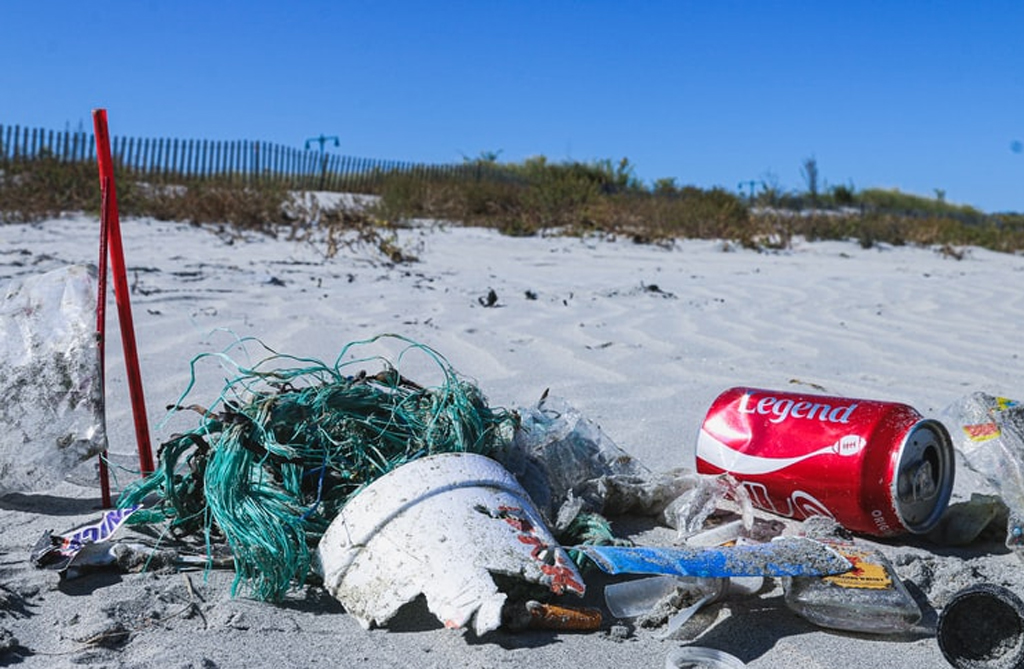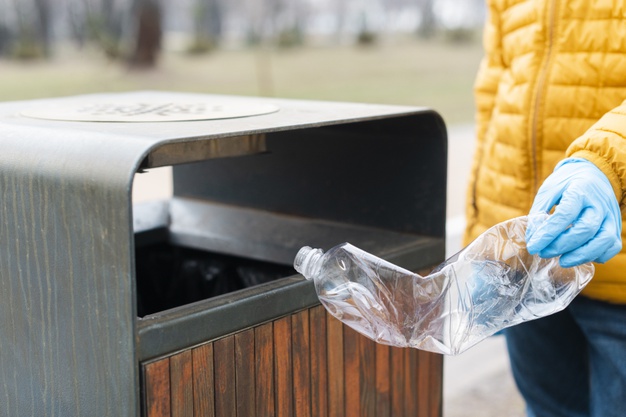Keep Britain Tidy shares the shocking statistic that more than two million pieces of litter are dropped in the UK every day. This costs the taxpayers over £1 billion a year for street cleaning around UK streets, beaches, and countrysides. As we celebrate another year of the GB Spring Clean, it highlights the problems with litter – and any potential solutions.
So what is the issue?

Littered waste seems to be everywhere, whether it is found in streets and motorway laybys, or on our green countrysides and sandy beaches. It is not only an eyesore but could also be extremely damaging to the wildlife and environment. Birds, land animals and aquatic life can become harmed if they come into contact with littered waste. They could mistakenly eat the litter, or get trapped within, which sadly a lot of the time causes great harm to the creature.
Animals are not the only victim to the harms of littering. Vegetation, soil, and crops can also see negative effects to littered waste. Harmful toxins can seep from litter into the environment which is again causing great damage and could contaminate harvest and the food we eat.
Why is it happening?
Litter is anything from a crisp packet or cigarette butt to a bag of rubbish. Commonly littered items include fast-food packaging, sweet wrappers, drinks cans, bottles, and cigarette butts. It is often the result of careless behaviour by consumers, and the sad reality is more than 80% of the time, littering is done purposefully.
Whether it is a lack of respect for the area or lack of understanding of how to handle the waste, throwing it on the ground instead of finding a waste bin is a form of vandalism.
How to prevent!
Litter is a human issue, the best way to reduce it is to better our waste management practices. This includes finding an appropriate waste bin for your rubbish whilst out and about, if there isn’t one available make sure you take your litter home and dispose of it there.

For hotspot areas it would be good to survey the area, to see if there are enough bins – perhaps the lack of waste bins could be why the area has high litter levels. Also for these areas, it may be good to raise awareness of littering by displaying anti-litter posters or even introducing littering fine posters to try to discourage the act. It may also be time to rethink the bin collection schedule, if bins are overflowing and causing the rubbish to escape, it might be useful to empty the bins more often.
Litter Picks
Tackling the rubbish issue doesn’t just apply to the process of stopping it, we can also help clean up areas by doing regular litter picks. Whether you do this activity solo, in a group or with a large team behind you, carrying out a litter pick will help clean up the area and reduce litter.
The GB Spring Clean is an annual event run by Keep Britain Tidy, it encourages people to carry out litter picks in and around their local areas, tracking any litter found, so any problems or trends that may be occurring can be identified.
Littering is a big problem in every part of the world, but taking responsible steps when handling waste will help create a cleaning planet.